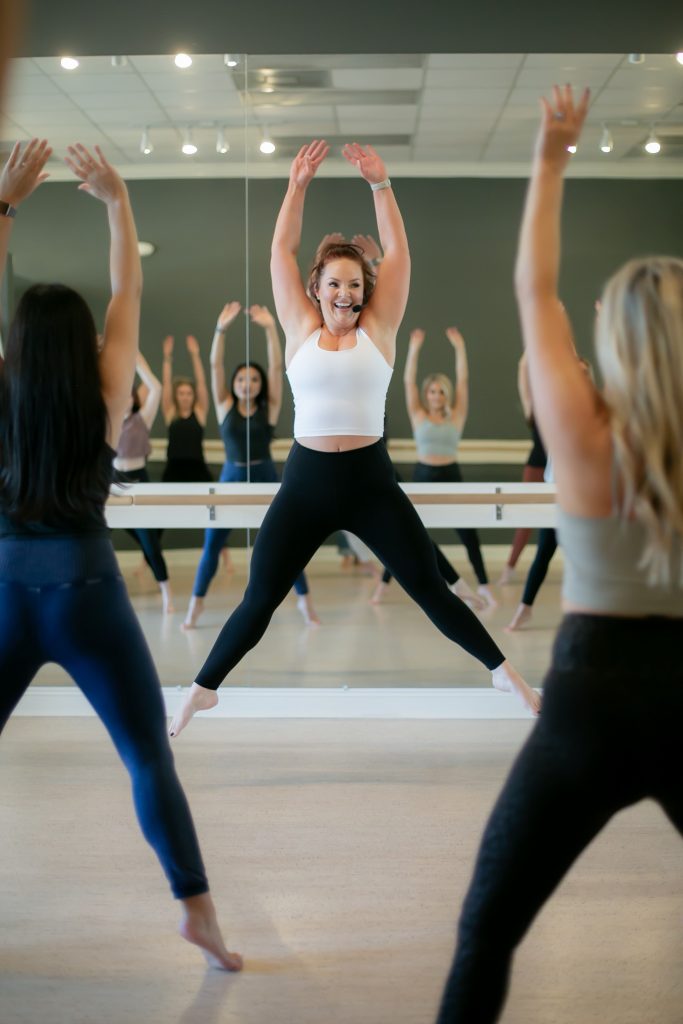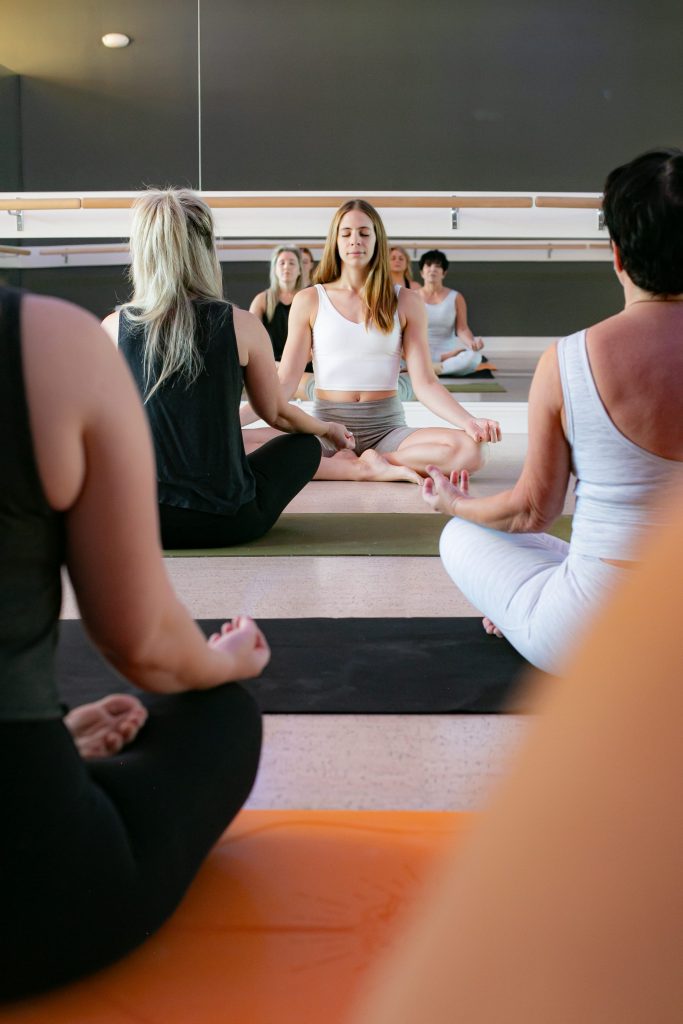Ready to start a morning workout routine? This weekend is the perfect time to start!
This weekend marks the end of daylight saving time, a transition that often leaves us mourning the loss of precious after-work daylight. The days are getting shorter, and it’s tempting to let your fitness routine take a back seat. However, this time of change can be a perfect opportunity to reset and supercharge your wellness journey. Let’s dive into how you can adjust to the upcoming time change with motivation, inspiration, tips, and a focus on your health and wellness.
1. Embrace Your Circadian Rhythm
The end of daylight saving time brings us back to standard time, aligning our daily schedule with our circadian rhythm. This alignment allows for more exposure to light in the morning and less in the evening. As a result, it’s an ideal moment to make healthy sleep a priority. Your body will naturally be ready for bed an hour earlier, which means better sleep quality and more energy during the day. So, use this transition as a cue to adopt an earlier bedtime.
A good night’s sleep is one of the cornerstones of a healthy lifestyle, and it plays a crucial role in your fitness journey. Quality sleep not only helps you recover but also enhances your exercise performance. Studies have shown that individuals who regularly exercise are less likely to experience sleep problems and daytime tiredness. So, prioritize sleep as you adjust to the time change.

2. Try Morning Workouts
The shift in daylight may disrupt your plans for an evening workout, but it opens up a world of possibilities in the morning. With more daylight available, starting your day with exercise can be invigorating. It’s easier to wake up when it’s light outside, and morning exercise can set a positive tone for the day.
Morning workouts not only boost your physical health but also improve your mental well-being. Physical activity stimulates chemicals in the brain that can leave you feeling happier, more relaxed, and less anxious. So, consider adopting a morning workout routine, and use these tips to help make it a habit:
- Prepare the Night Before: Lay out your exercise clothing and shoes beside your bed for easy access in the morning.
- Start Small: Begin with a three-day goal and gradually increase the frequency as you become more comfortable with morning workouts.
- Schedule It: Treat your morning workout as an appointment, and make sure you commit to it.
However, if morning workouts don’t work for you, don’t force it. The best time to exercise is when you can do it consistently. If you’re not a morning person, feel free to enjoy that extra hour of sleep and schedule your workouts at a time that suits you best.
3. Maximize Morning Energy with Cardio
Morning workouts are a fantastic opportunity to harness your early-day energy. Exposure to bright light in the morning can help you wake up faster, making it an ideal time for cardio exercises. Consider incorporating high-intensity workouts into your morning routine, such as barreHIIT or barreSTRENGTH. This approach provides both cardio and strength training, resulting in a more efficient, total-body workout.
Circuit training keeps your heart rate up and burns more calories during and after exercise compared to steady-state cardio. It’s a great choice for those with limited time for workouts and adds variety to your fitness routine.

4. Prioritize Self-Care Before Bed
After a morning workout, or if you’ve chosen to exercise at a different time, consider engaging in self-care activities before bed. Restorative activities like yoga, deep breathing exercises, and meditation can help you wind down and improve your sleep quality.
Yoga and meditation have been shown to enhance mental and emotional health, reduce stress, alleviate pain, and promote better sleep. Deep breathing, often associated with these practices, can lower your heart rate and help your body relax, preparing you for a restful night’s sleep.
As the time change approaches, remember that it’s not just about losing daylight; it’s an opportunity to reset your fitness routine, improve your well-being, and prioritize self-care. According to experts, it can take your body up to seven days to properly adjust to the time change associated with the start and end of daylight saving time. You may feel yourself getting hungry earlier than you typically do – or drowsier earlier in the evening. Give yourself lots of grace this week; what is sustainable is taking small, incremental steps. So, embrace the change, adjust your schedule, and make the most of your new, healthier routine, always leading with what feels good to your body!


